Call 1
In November 2021 UKAN+ opened our first public call. The award was to provide funding to address the Acoustics Research Priorities which UKAN+ identified. 2 Knowledge Transfers, a Network project and 3 Pilots were awarded.

Acoustic attenuation using advanced nanoporous materials
Project Investigator: Dr Yueting Sun
The group of Dr Yueting Sun at the University of Birmingham teamed up with Dr Jason Raymond and Dr James Kwan at the Oxford Physical Acoustics Laboratory to investigate the potential of using advanced nanoporous materials for acoustic attenuations. Sponge-like materials such as metal-organic frameworks (MOFs) and zeolites offer extremely small pores that are comparable to the size of water molecules. Squeezing liquid water into these tiny nanopores can create large solid-liquid interfaces and dissipate huge amount of mechanical energy. The team will carry out a feasibility study to see how this process can be triggered by acoustic excitations and exploit these materials to attenuate acoustic waves.
Download Report
Bioacoustic monitoring using drones
Project Investigator: Dr. Lin Wang
Wildlife population monitoring is a major challenge in the context of global biodiversity loss. With the capability of flying over hard-to-reach terrains, drones promise solutions to such monitoring problems. This project conducts pilot research to investigate the potential of using drones for monitoring acoustically active species, such as birds and bats. A major obstacle to address will be the ego-noise generated by the rotating motors and propellers, which leads to extremely low signal-to-noise ratio at airborne microphones if the drone captures wildlife vocalization from a large distance. The project aims to develop a drone audition prototype system for bioacoustic monitoring and address the challenging ego-noise suppression problem. The project has three objectives. 1) To develop a hardware prototype that captures environmental sound with an audio recorder carried by a quadcopter drone; 2) to collect wildlife vocalization dataset with the developed prototype; and 3) to develop wildlife species detection and identification algorithm in the presence of ego-noise.
The project is led by Dr Lin Wang and Dr Axel Rossberg from Queen Mary University of London, and collaborated with Ecology Services Uk Ltd and Bat Conservation Trust.
Download Report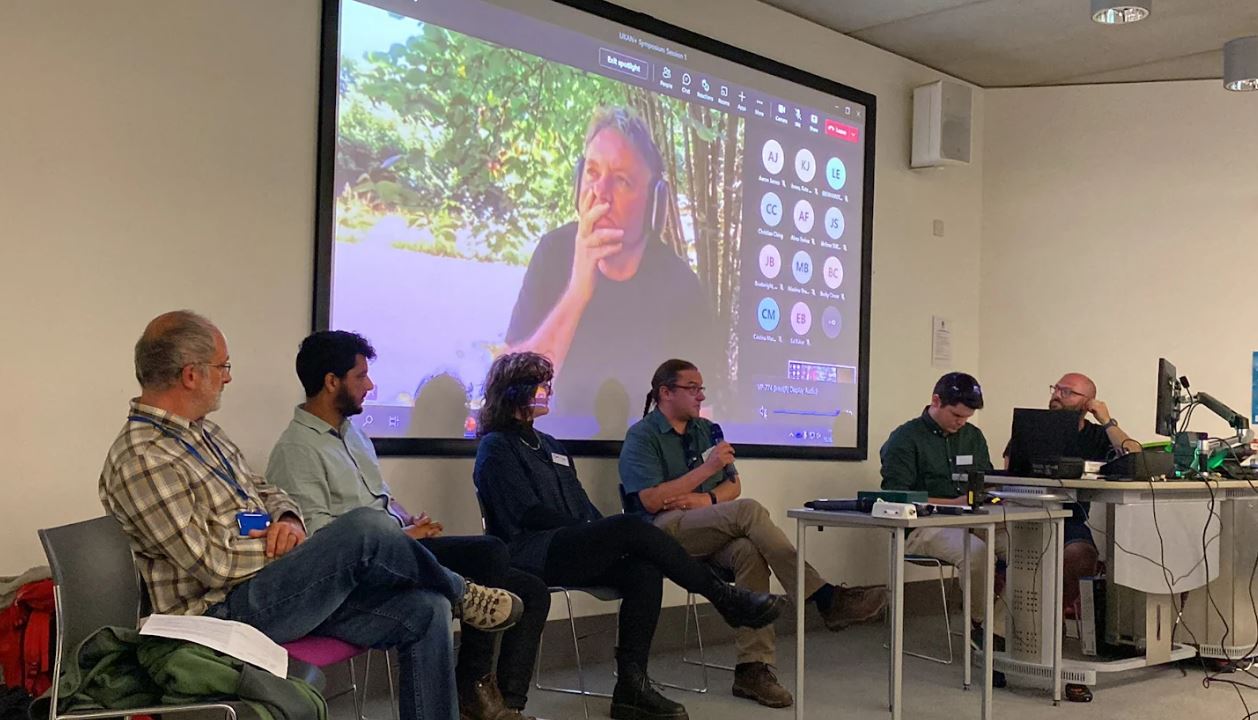
Developing best-practice guidelines to integrate long-term ecoacoustic methods into UK biodiversity monitoring
Project Investigator: Dr. Oliver Metcalf (ECR)
Co-investigator: Carlos Abrahams (ECR), Director of Bioacoustics at Baker Consultants, and Senior Lecturer at Nottingham Trent University
Biodiversity monitoring is critical to address the climate and biodiversity crises, providing vital information on wildlife populations, shifting distributions, habitat quality and ecosystem functions. Acoustic monitoring facilitates a range of novel methods to make biodiversity monitoring both accurate and cost-effective at large temporal and spatial scales. Within the UK, there is an increasing need to apply these methods of long time periods and in a standardised manner that can be permanently archived, be used in a variety of ways, and that minimises observer biases. However, the opportunity to use these highly effective and cost-saving survey methods is constrained by the lack of good practice guidance for the delivery of ecoacoustic monitoring projects. This Knowledge Transfer Partnership is establishing best practice guidelines for long-term monitoring. It will provide example case studies that illustrate the potential of the methods, and focus firmly on the identified needs from agri-environment, rewilding and BNG – although not be limited to these. The final output of the project will be a published ‘how to’ manual, accessible to practitioners, which provides clear instructions on implementing an ecoacoustic monitoring programme.
Download Report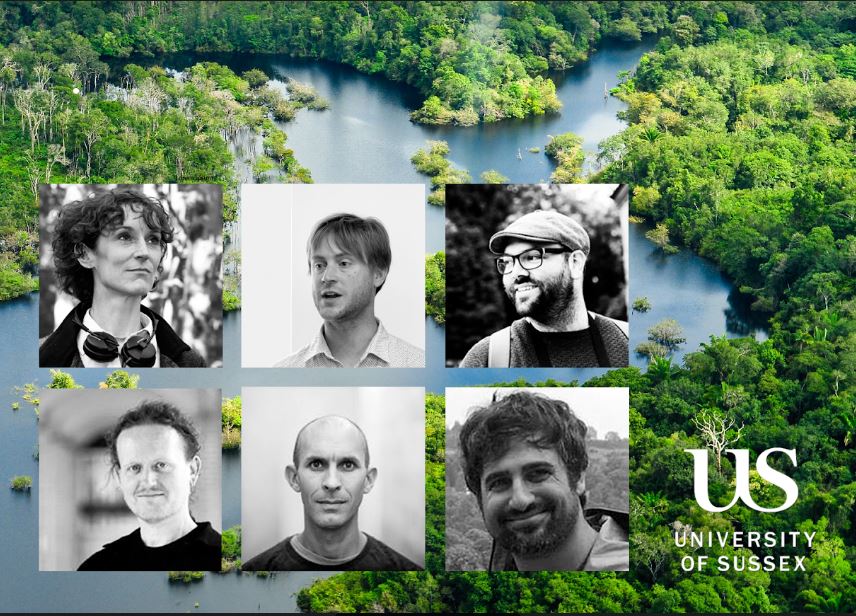
Toward a Measure of Soundscape Dynamical Acoustic Complexity using Causal Analysis and AI
Project Investigator: Dr Alice Eldridge
Monitoring, understanding, and predicting the integrity of our planetary biosphere is one of the most critical sustainability issue of our time. The emerging science of Ecoacoustics points to the exciting possibility that eavesdropping on ecosystems may help. The soundscape is a highly dynamic pattern, which emerges from the interaction of the sounds of organisms, physical and technological processes: bees buzzing, birds and bats calling, fish whooping, wind howling, waves crashing and motors throbbing. The soundscape both reflects and influences ecosystem-level behaviours. By analysing soundscape recordings we can predict indicators of ecosystem health such as biodiversity or ecological status. However, current methods analyse short, independent sounds. One can’t appreciate a symphony by listening to isolated fragments; how might we measure the quality of the emergent ecological symphony as a whole?
Download Report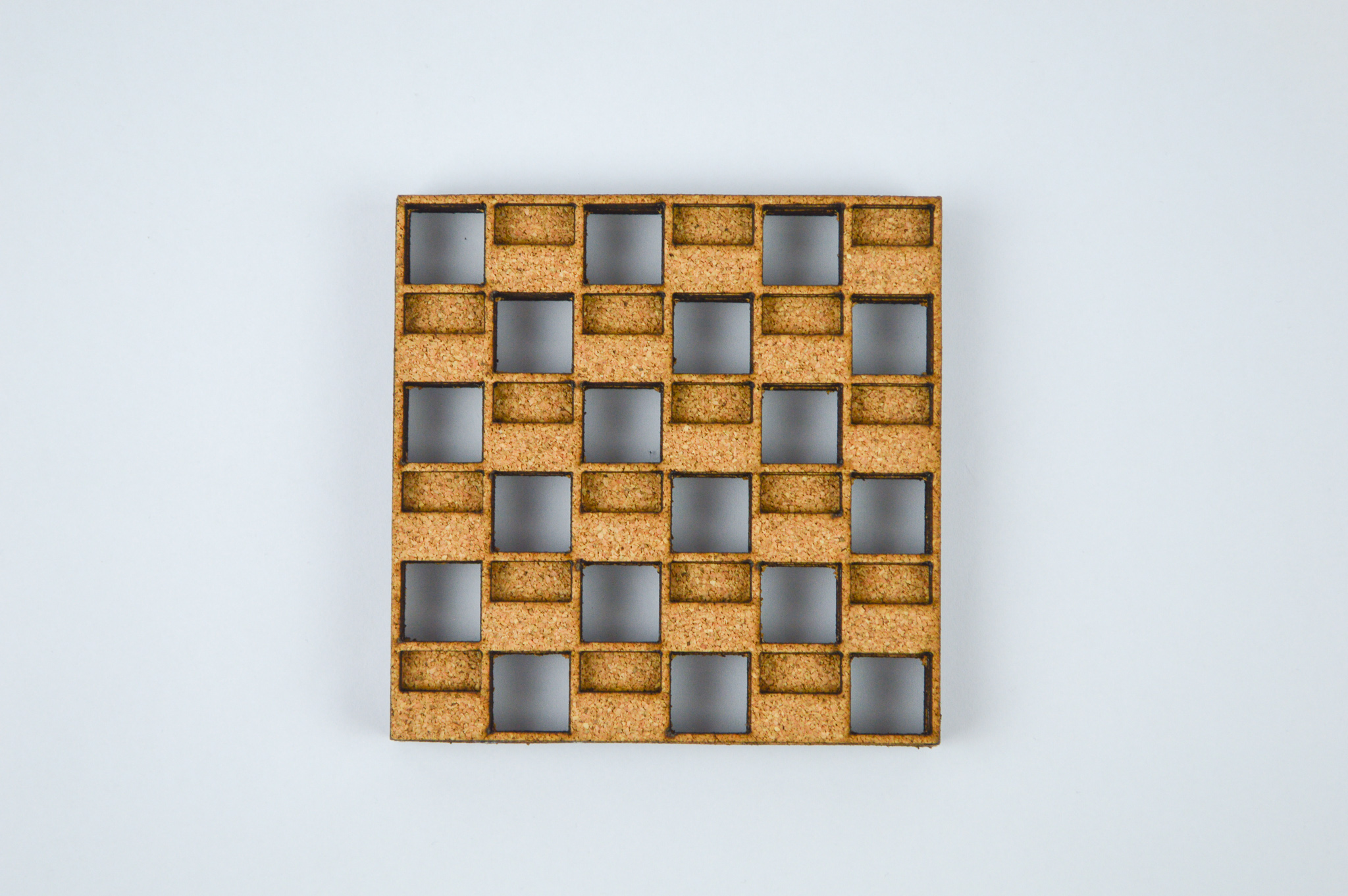
Curved metasurfaces for healthcare uses
Project Investigator: Dr Gianluca Memoli
Acoustic metamaterials have been slowly revolutionising sound management. However, until today they have been stuck in two-dimensional planes. The “Curved surfaces” project brought together scientists from the University of Sussex, Metasonixx, with designers from Kivi Studio to create the first curved acoustic metasurfaces.
The project’s context was hospitals where noise levels can be as high as 110 dB. It realised over 20 prototypes and introduced new sustainable materials and production methods. Taking inspiration from biomimicry and origami, it opened new possibilities for curved acoustic metasurfaces.
Download ReportCall 2
In September 2022 UKAN+ opened our second call. 6 Pilot projects were successful.
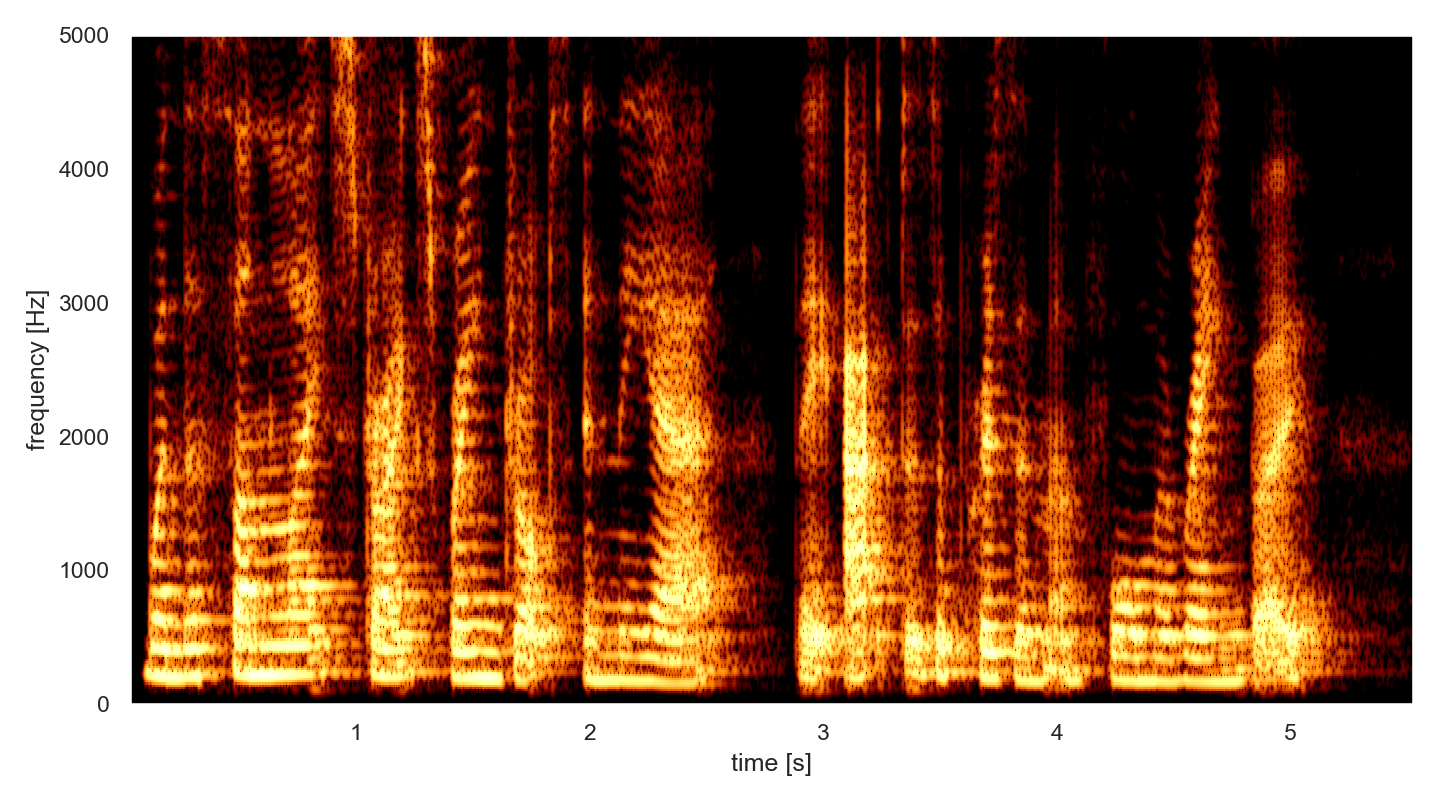
An investigation of temporal variability in non-pathological speech: a pilot study towards a robust protocol for remote speech collection for psychological assessment
Project Investigator: Dr Nicholas Cummins, Dr Judith Dineley (ECR)
As acoustic signals, our voices are a valuable window into our mental health. They reflect not only our mood but also the functioning of our brain and its ability to coordinate the 100+ muscles needed to produce speech. Using recordings made on mobile devices, speech analysis could meet the large unmet need for convenient, objective tools that monitor mental health. However, speech analysis is not yet ready for use as a reliable clinical tool in the general population. In this context, how speech is recorded and which metrics to extract for processing are currently neglected steps in analysis pipelines.
Improving our understanding of the natural variability of an individual’s voice, that is not caused by illness, and its impact on AI analyses of speech is one aspect that can facilitate translation. For example, could a croaky ‘morning’ voice hide an improvement in our mood? To begin to tackle this, this project has three core objectives: (i) to record healthy volunteers speaking in the morning, afternoon, and evening of a single day; and on three further days at the same time; (ii) to assess the sensitivity of different speech features to variations in individuals’ speech; and (iii) to assess the performance of AI analyses performing depression detection using speech features selected according to their sensitivity to within- and between-day variations in people’s voices.
This project is led by Dr Nicholas Cummins and Dr Judith Dineley, Department of Biostatistics and Health Informatics at the Institute of Psychiatry, Psychology & Neuroscience, King’s College London.
Download Report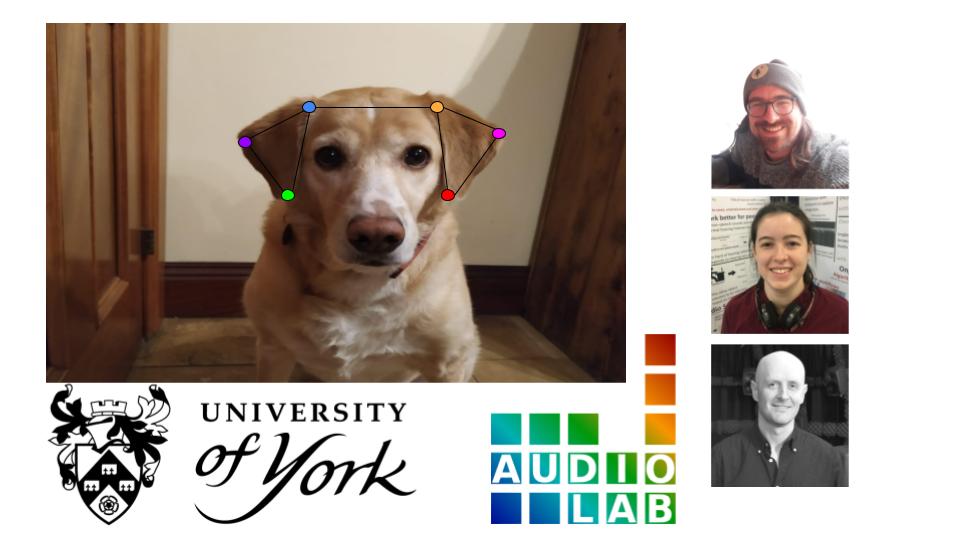
Binaural Acoustic Responses in Canines (BARC)
Project Investigator: Project Investigator: Dr Michael McLoughlin
Co-Investigator: Dr Gavin Kearney & Dr Lauren Ward
Assistance dogs carry out a variety of tasks that enable people to lead independent lives. When training for and executing these roles, the dogs rely heavily on spoken word cues from their handlers and learn to react to important sounds in their environment. However, very little is known about how their spatial hearing affects how they carry out these jobs. How well can a guide dog localise sounds associated with danger, such as the sound of oncoming traffic? How difficult is it for a hearing dog to localise the sound of a phone ringing? Further complicating our understanding of dog spatial hearing is the variety of ear shapes and sizes in and between breeds. Recent advances in the study of human spatial hearing use scanned 3D models of human ears to model sound localisation. We will these models and investigate dog spatial hearing by 1) Creating models of dog’s ears using 3D scanners 2) using these 3D scans to generate Head Related Transfer Functions, and 3) determining the accuracy of the models by comparing them to Head Related Transfer Functions collected using traditional methods. We hope to use these models to inform assistance animal training methods.
Download Report
Characterising spatial freshwater soundscapes on an urban-rural gradient
Project Investigator: Professor Rob Briers, Edinburgh Napier University
Co-I: Dr Alastair Moore, SquareSet Sound
There is significant interest in the potential for measures of freshwater soundscapes to act as a proxy for biodiversity in the same way as has been developed for terrestrial ecosystems. Spatial variability in sound within freshwaters could have a significant influence on the outcome of any assessment and is a key consideration in relation to sampling methods.
Effects of urbanisation such as pollution and differences in habitat may also influence both diversity and identity of sound-producing species in urban and rural ponds. These differences are likely to be reflected in bioacoustic characterisation and may provide an indicator of pressures on the sites.
This project aims to compare existing acoustic sampling methods with a new methodology based on sensor arrays and utilising spatial audio algorithms to examine spatial variability and directionality of sounds. It will also determine the variation in acoustic characteristics of ponds along an urban-rural gradient and the implications of this for acoustic-based biodiversity assessment.

Feasibility of a Marine Acoustic Sensing Network using the UK Archipelago of Offshore Renewable Energy (ORE) Infrastructure
Project Investigator: Dr Anna Young
The UK has an extensive network of offshore renewable energy (ORE) infrastructure for wind and tidal power generation, and this is growing rapidly to meet the ambition of a net-zero future by 2050. Offshore wind power capacity was 11 GW in 2021 (approximately 10% of the UK’s consumption). Tidal power capacity is currently <10 MW but will be expanding by over 400% to 41 MW in the next 5 years with three new or expanding sites in Scotland and Wales. Floating offshore wind has also had its first success in the recent Government Contract for Difference (CfD) auction (32 MW to be installed). These rapid expansions in ORE generation give significant opportunities and challenges for infrastructure design and use.
In this project we will explore the potential of multi-purposing the UK’s ORE infrastructure to support an extensive underwater acoustic monitoring and surveillance network. Potential applications include monitoring of infrastructure integrity, defence and security of UK waters, biodiversity and population monitoring, underwater navigation and communication, and oceanographic and climate science.
The project is led by Dr Anna Young, Dr Phillipe Blondel and Dr Cormac Reale at the University of Bath and we invite collaboration from interested parties.
Download Report
Patterned ionogel based acoustic sensors (PI-BASe)
Project Investigator: Dr. Andy Reid
The acoustic properties of gels could be game changing if applied to acoustic sensors. Their chemical and material properties can be tailored so that they match the acoustic properties of their environment, such as water, tissue or polymer composites. An acoustic sensor made with this type of material would not be as acoustically intrusive as a rigid ceramic sensor. The large energy loss of a piezoelectric transducer due to the sharp change in acoustic impedance could be avoided, rather than mitigated with coupling gels and matching layers.
This work explores the use of ionogels as acoustic sensors: which are room temperature stable ionic liquids captured in a polymer matrix. Where an ionogel contacts an electrode, a strong interfacial capacitance is formed as the ions from the gel accumulate on the counter charged electrode. This effect is the electrical double layer effect, and creates an extremely high capacitance over a length scale of nanometres. If we exploit this effect by giving the gel a patterned surface, the contact area between the electrode and the gel will change in response to pressure, leading to a rapid change in capacitance and a highly-sensitive impedance-based sensor.

Ultrasonic stimulation and degradation monitoring of electrochemical processes
Project Investigator: Dr. Frederic Cegla
Co-I: Dr. Yifeng Zhang (ECR)
NDE group, Mech Eng., Imperial College London
The net-zero energy transition requires us to shift more and more of our energy generation towards renewable sources for which electrochemical processes are very important. These electrochemical systems are usually diffusion limited and if excessively large charge transfers are imposed degradation in the form of dendrite growth can form. Dendrites are needle like structures that form on the electrode surfaces due to non-uniform ion exchange mechanisms that are driven by the high charge/dis-charge rates. The investigators have already investigated the use of ultrasound to monitor degradation on the electrode surfaces (https://doi.org/10.1016/j.jpowsour.2022.231730) and this project will further investigate if ultrasonic stimulation can enhance diffusion at the electrode/electrolyte interface thus enabling faster charge transfer rates before degradation onset occurs.
A video summary of the work is now available Dendrite growth under acoustic agitation.mp4
Download ReportCall 3
In September 2023 UKAN+ opened our third and final call. 4 Pilot projects, 1 Knowledge Transfer and 2 network grants were successful.

Active acoustic metamaterials for non-Hermitian sound propagation phenomena inspired by quantum mechanic
Project Investigator: Dr Felix Langfeldt
Widespread sources of noise appear in ducts, e.g. in ventilation systems for buildings, heat pump systems, or machinery exhausts. Controlling sound propagation in ducts is thus highly desired. Within this context, this project will explore advanced sound control techniques using active acoustic metamaterials that mimic non-Hermitian quantum-mechanical wave phenomena.
Acoustic metamaterials are periodic structures composed of engineered unit cells that are smaller than the wavelength, like crystals. By carefully designing the properties of the unit cells, acoustic metamaterials can control sound waves in ways that cannot be achieved with conventional sound control materials. Non-Hermitian wave phenomena, including unidirectional acoustic invisibility or unidirectional sound amplification, can be introduced by using active metamaterials that contain sensors and actuators (e.g. loudspeakers). For the realization of such non-Hermitian acoustic metamaterials, however, some key aspects, such as the reconfigurability or dynamic stability, are not yet fully understood. The aim of this project is to develop a reprogrammable acoustic metamaterial architecture for a systematic realization of new non-Hermitian phenomena that will enable advanced manipulation of sound waves. This pilot study will involve theoretical and numerical investigations to design a realizable non-Hermitian metamaterial unit cell, which will then be manufactured and tested in a bespoke duct-like testbed.
Project investigator: Dr Felix Langfeldt Project partner: Dr Lea Beilkin, Tel Aviv University
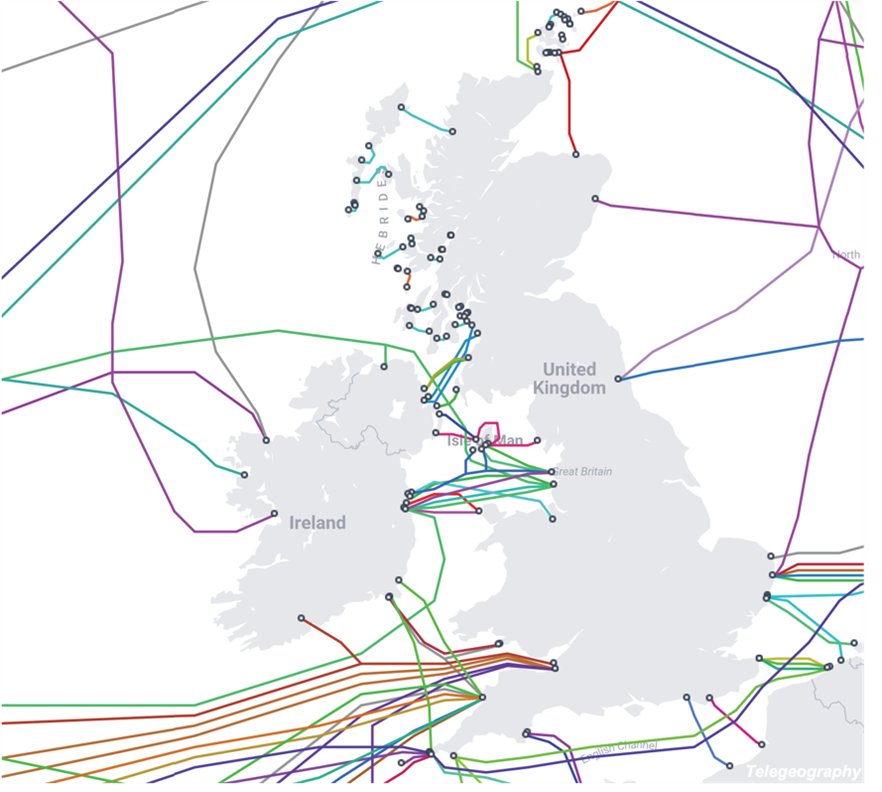
Developing novel methods using ambient noise interferometry for sustained monitoring of seafloor and ocean processes using fibre-optic cables
Project Investigator: Dr Emma Gregory
Ocean observation and monitoring is key to understanding the impacts of climate change and human activities, improving maritime safety, and detecting extreme weather events and natural hazards that threaten coastal communities and seafloor infrastructure. Effective environmental monitoring requires high spatial, temporal and depth resolutions, yet sustained observations exist only at a limited number of point locations or are limited to the sea surface. Distributed fibre-optic sensing on seafloor cables is a rapidly-developing technology shown to detect acoustic signals generated by a range of natural sources such as earthquakes, waves, storms and marine mammals, as well as anthropogenic sources such as ships, raising the possibility of utilising the network of local and global cables laid for telecommunications and energy as an array of seafloor sensors.
This project aims to assess the capability of distributed fibre-optic sensing on seafloor cables for environmental measurements, by applying ambient noise interferometry (ANI) techniques commonly used in other acoustic applications. We aim to recover and identify the wavefield resulting from ANI, and subsequently develop methodologies for the use of different arrivals to analyse or monitor the sub-surface, seabed and water column, such as the measurement of ocean sound speed and temperature.
Project Investigator: Dr Emma Gregory, National Oceanography Centre
Co-Investigators: Dr Maria-Daphne Mangriotis, Dr Mohammad Belal, Dr Gaye Bayrakci

HEAR-ABLE: HEaring Aids for eveRyday Activities involving BaLance and movemEnt
Project Investigator: Dr Samuel Couth
Hearing loss is associated with compromised gait and movement, and greater odds of falling – the leading cause of injury-related deaths in older people. However, evidence that hearing aids improve gait and movement is mixed. We propose this is because auditory input has not been integral to performance of outcome measures in prior studies. The goal of our research is to demonstrate that hearing aids not only improve communication, but also help people with hearing loss (PwHL) utilise auditory cues that enable them to move more safely and confidently during everyday tasks, such as crossing the road. To achieve this, we will use virtual reality (VR) tasks to manipulate the audiovisual environment while measuring aspects of motion (balance, gait), cognitive function, and confidence during task performance. We will use VR because we can create realistic audiovisual environments in a safe and controlled setting. The aim of our initial pilot project is to examine whether our proposed VR tasks are ecologically valid and relevant to older PwHL, and to assess the feasibility and acceptability of assessing movement and balance using VR and motion capture. Ultimately, this might help to improve uptake and use of hearing aids.
Project investigators: Dr Samuel Couth
Co-Is: Prof Gabrielle Saunders, and Dr Paul Warren

Kicking off biodegradable eco-acoustic sensing for scalable, far-reaching, and sustainable biodiversity monitoring
Project Investigator: Dr Sarab S. Sethi

Surface breaking crack sizing on advanced gas-cooled reactor fuel rods using laser ultrasonics
Project Investigator: Dr Theodosia Stratoudaki
Spent nuclear fuel rods are stored underwater for decades and keeping them safe for decades is crucial. Tiny cracks, no thicker than a single hair, can form over time. These cracks need to be detected and monitored. Checking the appearance of these cracks is tricky: some methods struggle with the presence of water and the rods’ ribbed design hinders others. Laser ultrasonics is a non-destructive testing method that uses lasers to “listen” for cracks. One laser heats the metal, creating tiny ultrasonic vibrations, while another laser detects these vibrations, revealing the location and the depth and width of cracks, if present. This project aims to prove that laser ultrasonics can be the tool for inspecting these fuel rods. It is remote, safe in radioactive environments, and works on complex shapes. By finding these tiny cracks early, we can ensure the safe storage of our nuclear fuel and protect people and the environment for generations to come.